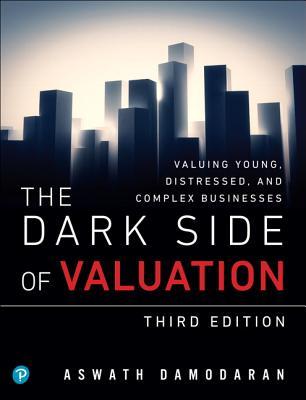
interest rates of between 23 and 48 percent. These interest rates cover loan costs, transaction costs, defaults, and inflation rates and are much lower than rates charged by informal lenders or predatory lenders who typically supply loans to those who do not qualify for bank loans. Kiva and over 560,000 lenders have succeeded in providing loans to over half a. million entrepreneurs since 2005. The company has given $200 million in worldwide loans, but Kiva wants to go even further. It has established a five-year plan, aiming to reach $1 billion in global loans, help 2 million entrepreneurs, and achieve organizational sustainability. The buzz about Kiva is positive, and Kiva.org's future looks bright as microlending continues to receive favourable press. Questions: Case Study Analysis Questions: Complete the following for the business case study. a. Mission Statement: b. Strategic plan c. Tactical plan d. Contingency plan A copy of your responses will be emailed to the address you provided. Case Study Analysis [10 Marks) Microlending Helps Small Entrepreneurs Start Businesses Sending food and money to disadvantaged communities meets immediate needs, but ending long-term poverty is more difficult. Kiva.org is one business that seeks to tackle this problem head on. Founded by Stanford University graduates with an interest in business and technology, Kiva was first Asunta designed to lend money to impoverished Ugandan entrepreneurs. It soon expanded its reach to include other developing countries. Kiva is a microfinance business, which means it provides small loans-as little as $25 for equipment, for example-to individuals to start their own businesses Kiva partners with microfinance institutions worldwide. These field partners approve entrepreneurs and send their profiles to Kiva. The entrepreneurs' profiles are then posted on Kiva's website, and people who want to lend to an entrepreneur send their donations through the site. Kiva's field partners distribute the loans, work with the entrepreneurs, and collect repayments. Kiva.org does not earn returns on investments for lenders, but it does charge Aloon of $1.950 helps to increase production by hiring more artisans for her workshop Page-2: Case Study Analysis interest rates of between 23 and 48 percent. These interest rates cover loan costs, transaction costs, defaults, and inflation rates--and are much lower than rates charged by informal lenders or predatory lenders who typically supply loans to those who do not qualify for bank loans. Kiva and over 560.000 lenders have sucrearlarl in gravidin








